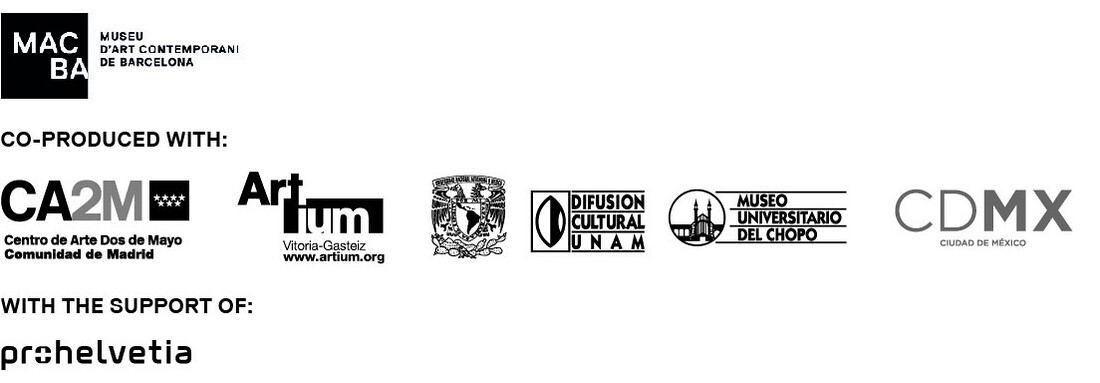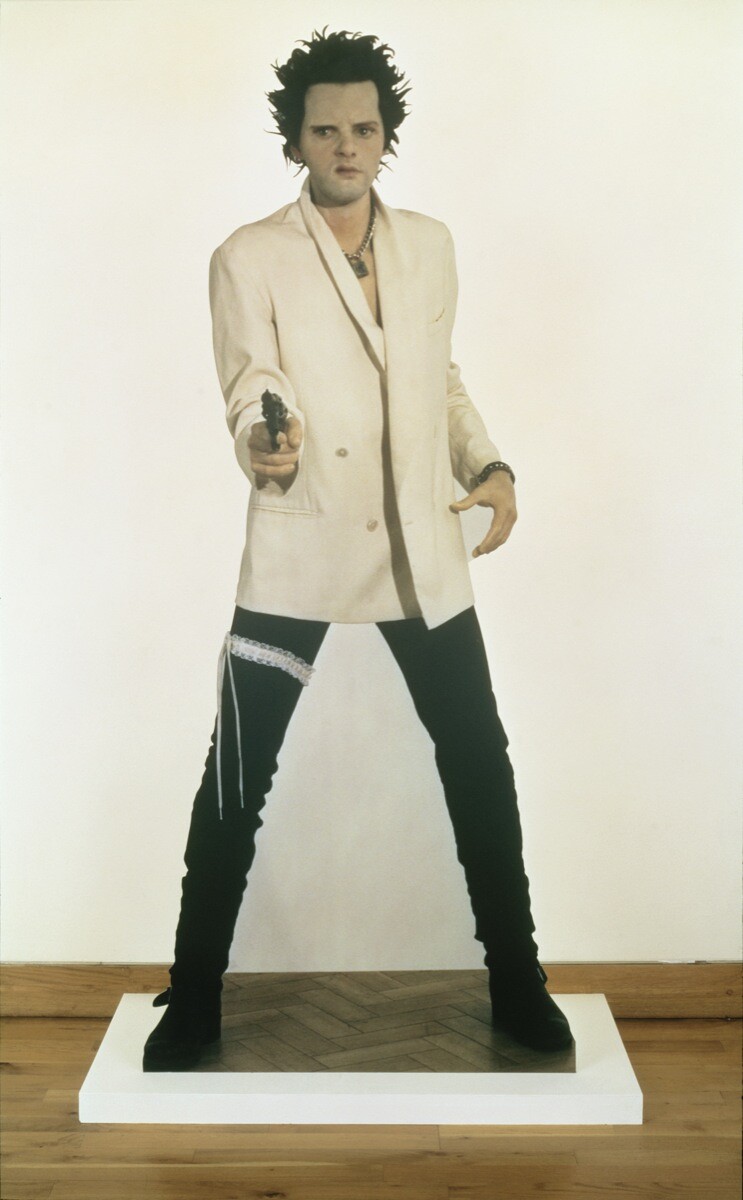May 13–September 25, 2016
Plaça dels Àngels, 1
08001 Barcelona
Spain
macba@macba.cat
Punk is an attitude. An attitude made of rage, speed, noise, incorrectness, nonconformity, denial, opposition and provocation that runs through the 20th century and extends beyond the 1970s, beyond the Anglo-Saxon context and beyond the music scene. An explosion whose effects make punk one of the most influential cultural references of the 20th century.
Between 1976 and 1978, in London and New York, punk emerged as an explosion: a few bands born around fanzines, trendy shops and concert halls demonstrated their opposition to the conventions of the music industry, fashion and the socio-political panorama, making denial, speed and a lack of virtuosity its leitmotiv. It was a reaction to a society marked by the end of the hippie dream, the return of conservatism, the emergence of terrorism, the oil crisis and the lack of a future for young people condemned to the dole. “No future” was one of the slogans appropriated from previous movements like Situationism and Dada. But unlike them, punk emerged in the midst of mass culture, prompting its expansion beyond the Anglo-Saxon world and escaping the boundaries of music. This expansion superseded the concrete historical phenomenon, turning punk into an adjective that qualifies a way of understanding the world.
The purpose of PUNK. Its Traces in Contemporary Art is to examine its influence on contemporary art, establishing a genealogy that reaches to our own time, and, in the words of Greil Marcus in Lipstick Traces, to follow its traces to the present. This is to corroborate an intuition: that beyond the divisions that exist between artists, trends or media, there is a rabid noise that unites many creators. That is, the punk attitude, whose history can be traced from Dadaism to Situationism, is still very much alive in contemporary artistic production. Taking up the famous phrase “punk is (not) dead” is to assert that effectively punk is one of the living dead, a zombie that has continued to gain adherents.
Some of the more than 60 artists in the exhibition witnessed and took part in the explosion of punk in the ’70s, marking their artistic activity as true instigators and activists. Others are older: they anticipated and demonstrate the historical ties of punk with other radical movements. For many, the punk explosion appears as an explicit reference: the use of elements such as noise, cut-out typography, anti-design and ugliness; or the inclusion of direct musical references. The exhibition also presents traces of punk as an attitude: denial, opposition and destruction; the DIY; the reference to fear and terror in a society that alienates individuals; nihilism; a critique of the economic system and anarchy; and the claim of sexual liberation itself, the body as a place of battle. Finally, there is a selection of fanzines, videos, films, feature articles, posters, books and records documenting the history of punk, its explosion and its impact on different contexts.
Through the traces it has left on contemporary artistic production and its strong influence, the exhibition reveals the main elements that define punk as a way of understanding culture and, by extension, of being in the world.
Carlos Aires, Marcel·lí Antúnez, Martin Arnold, Fabienne Audéoud, Eduardo Balanza, Bill Balaskas, Jean-Michel Basquiat, Jordi Benito, Laurent P. Berger, Chris Burden, Tony Cokes, Jordi Colomer, Brice Dellsperger, DETEXT, Die Tödliche Doris, Christoph Draeger, Jimmie Durham, Tracey Emin, Mario Espliego, VALIE EXPORT, Hans-Peter Feldmann, Claire Fontaine, Chiara Fumai, Iñaki Garmendia, Kendell Geers, Gelitin, Nan Goldin, Douglas Gordon, Dan Graham, Eulàlia Grau, Johan Grimonprez, Guerrilla Girls, Antoni Hervàs, Jota Izquierdo, Mike Kelley, Martin Kippenberger, João Louro, Christian Marclay, Israel Martínez, Raisa Maudit, Paul McCarthy, Jonathan Meese, Jordi Mitjà, Joan Morey, Janis E. Müller, Matt Mullican, Itziar Okariz, João Onofre, Antonio Ortega, Luis Felipe Ortega and Daniel Guzmán, Tony Oursler, Mabel Palacín, Juan Pérez Agirregoikoa, Raymond Pettibon, Maria Pratts, Tere Recarens, Jamie Reid, Tim Reinecke, Aïda Ruilova, Pepo Salazar, Santiago Sierra, Federico Solmi, Natascha Stellmach, TRES and Gavin Turk, T.R. Uthco & Ant Farm (Doug Hall, Chip Lord, Doug Michels and Jody Procter)
Curator: David G. Torres
Related activities:
Experience MACBA
Thursday, July 7, 7pm
Félix Pérez-Hita
Museum Atrium
Thursday, July 14, 7pm
Antoni Hervás and Corte Moderno present Negociudad
Museum Atrium
Thursday, July 21, 7pm
Screening of the documentary Tito, the Phantom Monk (2015)
Presented by the director, Dani Montlleó
Meier Auditorium
Thursday, July 28, 7pm
Maria Pratts i Ulldeter
Museum Atrium
Seminar
September 15–16
With Greil Marcus and other guest speakers to be announced
Meier Auditorium
More information on the contents at www.macba.cat.
Catalogue, music lists, timelines, thematic itineraries, downloadable texts—everything at www.macba.cat/expo-punk.


